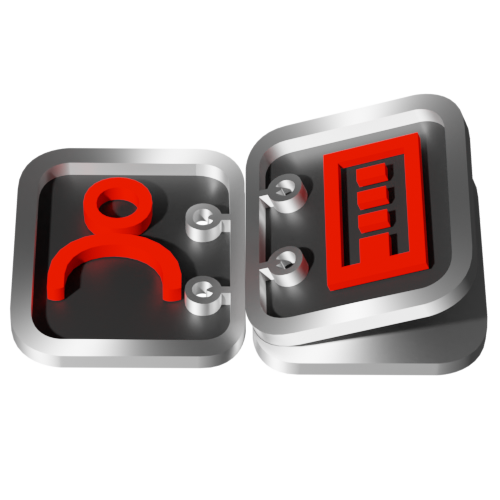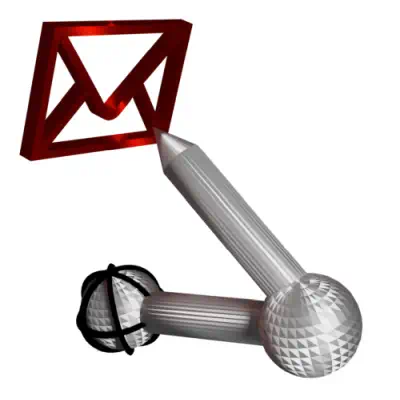AyMINE – Technical documentation
Modules
Integration with ERP Abra Gen
 Task, project & quality management
Task, project & quality management
Manager approval with the task report
Why some data can't be deleted
GDPR and record of qualifications
Qualification of user or contact
Right to Manage Qualifications
Adminitration of areas, projects, calendars
Failure Analysis for an Individual Property of a Component or Process
FMEA – Probability of Detection
FMEA – Probability of Occurrence
 Task, project & quality management
Task, project & quality management
Administration of the Task Management Module
System rights for the task management module
Improvements and Preventive Measures
Methodology and Quality Management systems
What makes up the methodology / SMJ
Problems, tickets and their management
Collaborative Resolution of Multiple Problems
Customer Service Response Generation
Incident and Quality Issue Management
Objects affected by the problem
Problems, Incidents, Helpdesk Tickets
Return project plan by baseline
Sample tasks and methodologies of the area
Effect of the task on the right to modify the attached object
The person responsible for the task
Working procedure – task definition
Management of responsibilities - RACI Matrix
Objects related to the task pattern
 Contacts and directories module (CRM)
Contacts and directories module (CRM)
Address book list and management
Directory or people and companies
Order overview for customer groups
 Contacts and directories module (CRM)
Contacts and directories module (CRM)
System Permissions and CRM Module Settings
Send bulk messages in compliance with GDPR
How to correctly forget a person's details
Unsubscribe and set preferences
for bulk mail
 Web management and automation
Web management and automation
Receiving a message from the web
Human resources
Personalistics – User Permissions and roles
Human Resources module security
Manage department / division data
Overview of Personnel Information for pracov# Employment Contract
Synchronizing staff and system users
 Products, assets and sales
Products, assets and sales
Creating and processing orders
Manage the Property & Business module
Why are the Quality criteria usefull
Managing Finance
Metrics and Measurements
Work summaries from generated data
Technical Modules
Sabre plugin module
Enterprise Architect connector
Database link to Enterprise Architect database
Enterprise Architect connector
System Modules
 The AyMINE Framework Module
The AyMINE Framework Module
AyMINE — Tips for Mobile Usage
Configure how your system looks and works
Gestures and Keyboard Shortcuts
More about how the system works
Private notes and tags for objects
Overview of Modules and Record Types
List of business areas
Note: This manual describes only list-specific information. See documentation in detail for area description.
In the list you see only areas that you have right for.
What are the rights to the area
Rights are describeds by icons in the #personSVG column:
You are active member and work with the content
You are reader only and cannot modify objects in the area
You are manager and cannot work with the content
Filters
Filters are complementary with your access rights described above.
You can select areas where someone is manager or reader but still you can see only areas that are also available to you. Only person with right to see all areas (area manager) can see everything and find all areas where is the searched person assigned.
 Tree of areas
Tree of areas
In the list you see only areas where you have some access areas and you might not be able to see superordinated areas. That’s why you cannot see the whole tree of them.
Managers with right to see all areas are able to open the tree of all areas using the button Tree and check the whole structure.
Example
The Projects area will contain subareas for each individual project. You have 3 projects under management and you will see the areas for these projects. However, you do not need to see the Projects parent area, which will only be seen by the Project Office Manager who created the areas for your projects.
Show Area Tree
People with the right to see all areas can see all areas in the tree by clicking Tree
New Area
You can add an area by clicking the add button. You should add an area within the structure so that the subarea is more general. Therefore, only some users have the right to create an area without a parent area directly in the areas menu.
Why there is no deletion of an area
An area typically contains evidence of the progress of processing a particular agenda and should not normally be deleted, but marked as inactive. Therefore, the deletion button is not available in the list.
Features in the overview
Function buttons in the overview of areas allow you to quickly open the detail of an area in different modes:
Manage View Access for area administration.
Workspace of an area through which you can access everything in the area either directly on the desktop or via the menu.
Note: you can also open windows in a separate window if you also hold ctrl when you press the button.
Additional notes
Visibility of areas
Users with the right of area administrator can also see areas to which they do not have the right given a direct relationship. An administrator can change the manager of an area to, for example, resolve a situation where the manager is not available in the long term and the area needs to be managed.
Even an administrator does not have the ability to access the content of areas beyond their powers. The protection of the content is not affected.